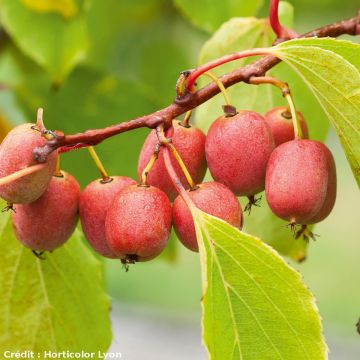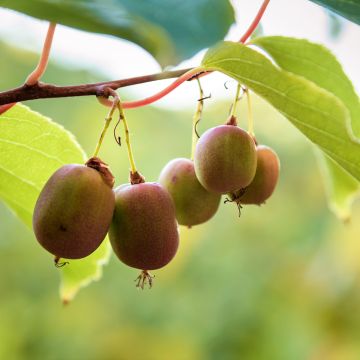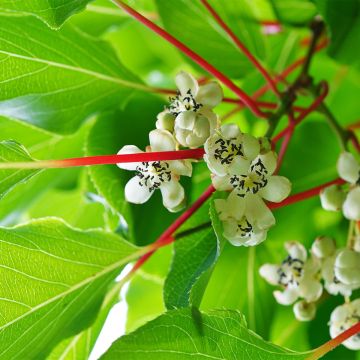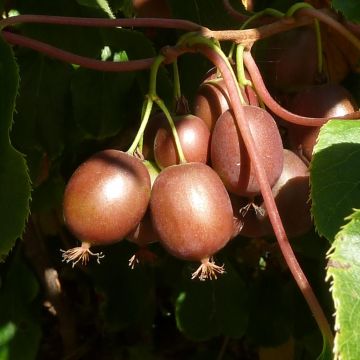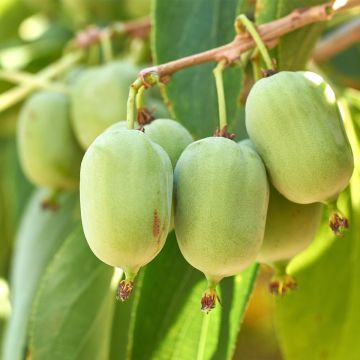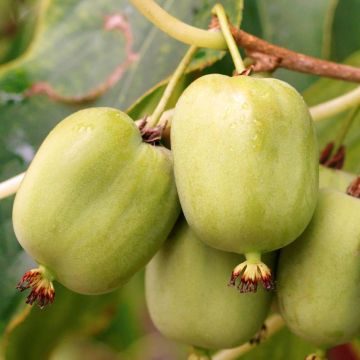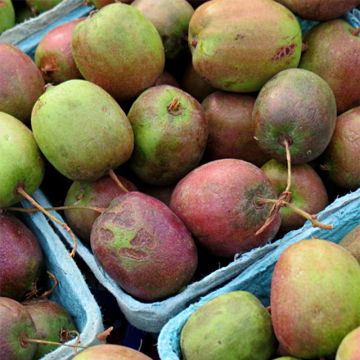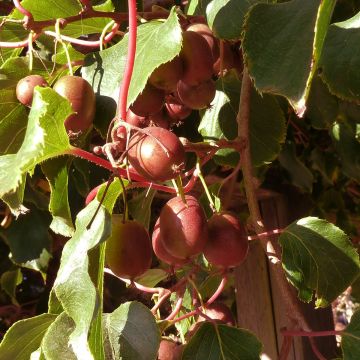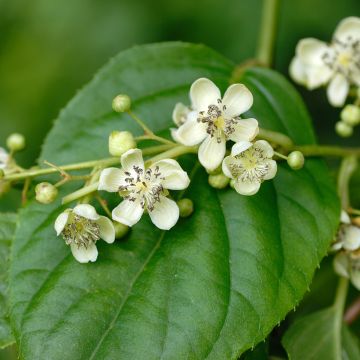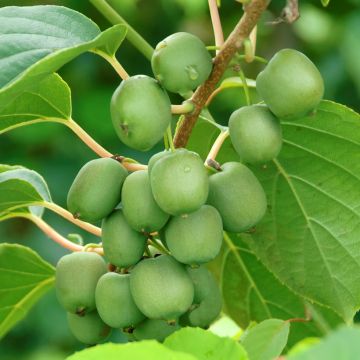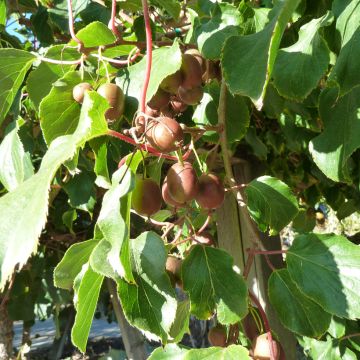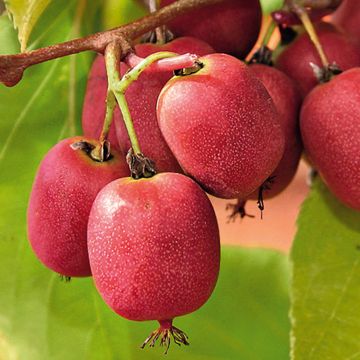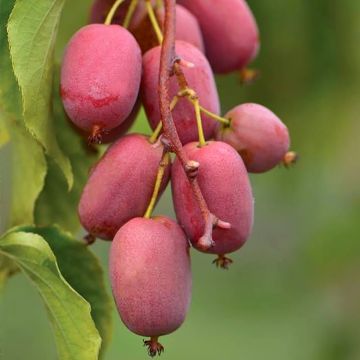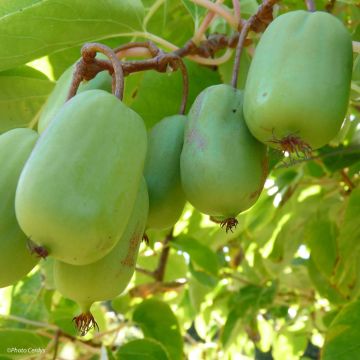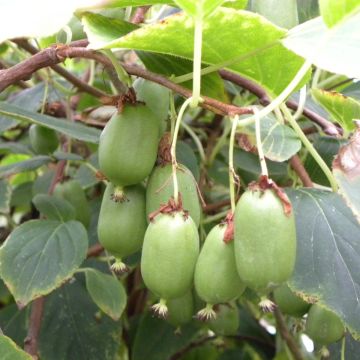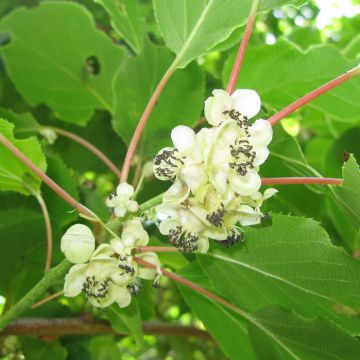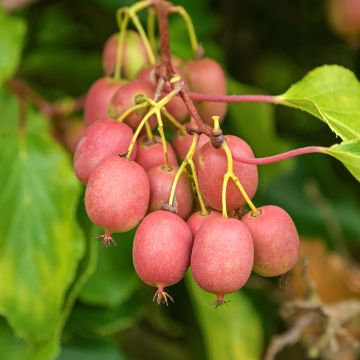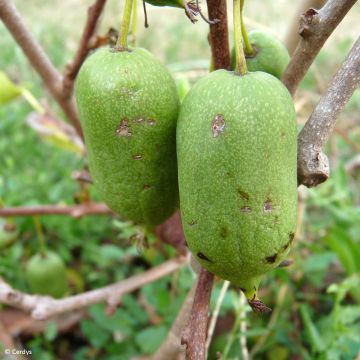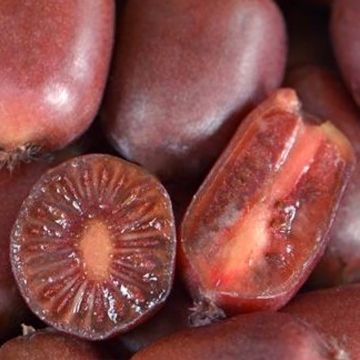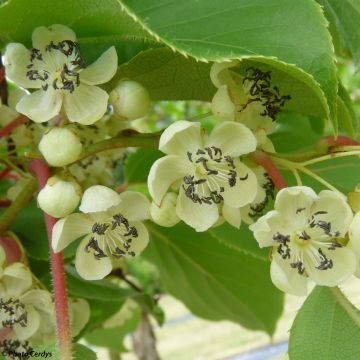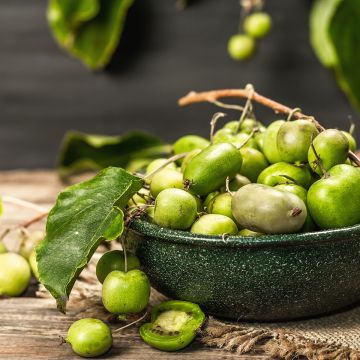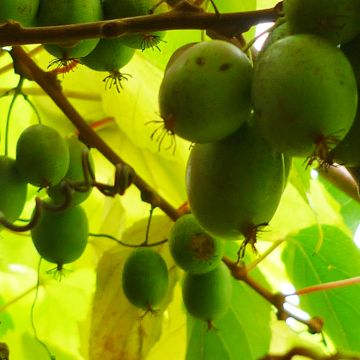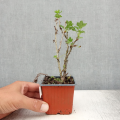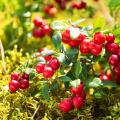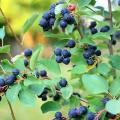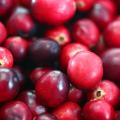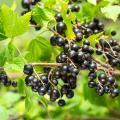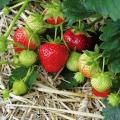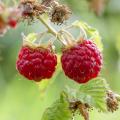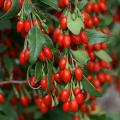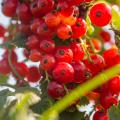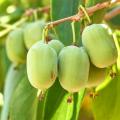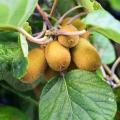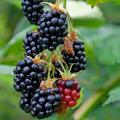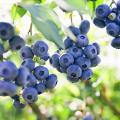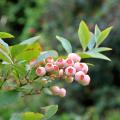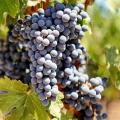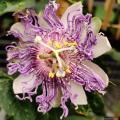Actinidia arguta - Hardy Kiwi
Would this plant suit my garden? Set up your Plantfit profile →
Available in 2 sizes
Available in 2 sizes
Available in 1 sizes
Available in 2 sizes
Available in 1 sizes
Available in 1 sizes
Available in 2 sizes
Available in 1 sizes
Available in 1 sizes
Available in 1 sizes
Available in 1 sizes
Available in 1 sizes
Available in 1 sizes
Available in 1 sizes
Available in 1 sizes
Available in 1 sizes
Available in 1 sizes
Available in 1 sizes
Available in 1 sizes
Available in 1 sizes
Available in 1 sizes
Available in 1 sizes
Available in 1 sizes
Actinidia arguta, also known as hardy kiwi, are hardy, fruiting vines that produce delicious fruits. The fruits are smaller than those of their cousin, the tender Kiwi, and have smooth skin that can be eaten without peeling. They are popular and the varieties 'Ken's Red' and 'Ananasnaya' are favoured by many gardeners. In the case of hardy kiwi, there are female varieties for fruiting, male varieties for pollination, and even some self-fertile varieties like 'Issai' for small gardens. Belonging to the Actinidiaceae family, this species is native to East Asia. With rapid growth, the plant develops long twining stems and bears deciduous leaves. There are many other excellent varieties, such as 'Hardy Red', notable for its reddish skin and green flesh, offering a sweet and tangy flavour. Or 'Dumbarton Oaks' which has smaller but very sweet fruits, making it a popular choice for restricted spaces. Discover all our varieties on these pages.
Actinidia arguta thrives in humus-rich, neutral to slightly acidic, well-drained soil that does not dry out too much in summer. These plants fruit best in full sun. Please note, unless otherwise stated, the plant is dioecious; for pollination, the presence of one male plant is necessary for approximately every five female plants.
Haven't found what you were looking for?































